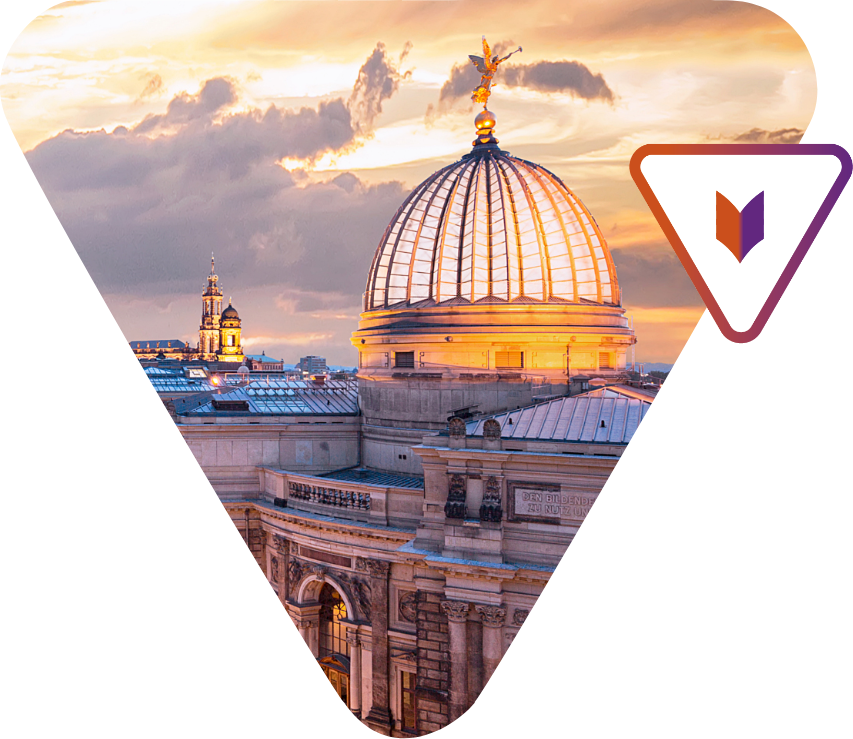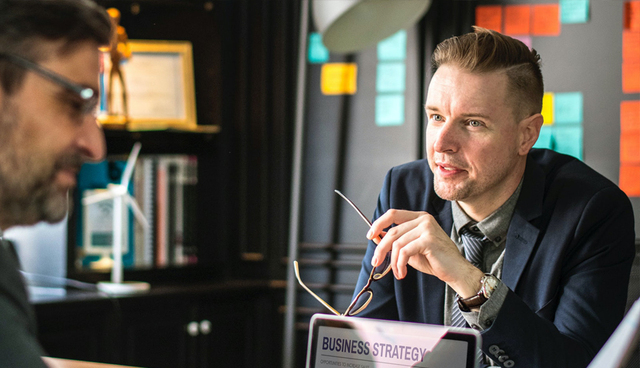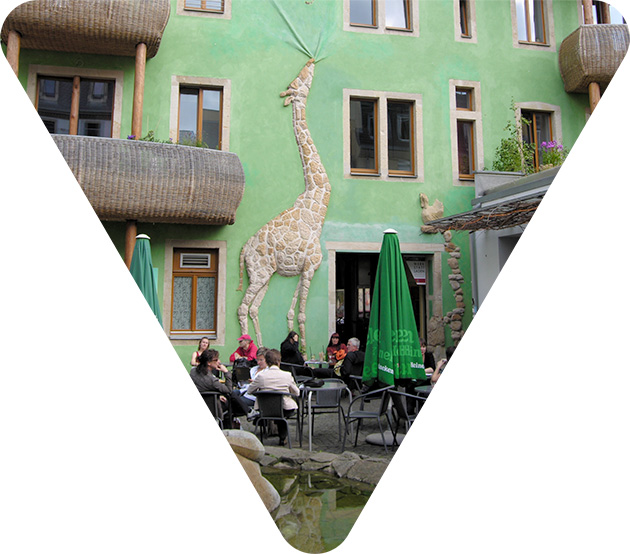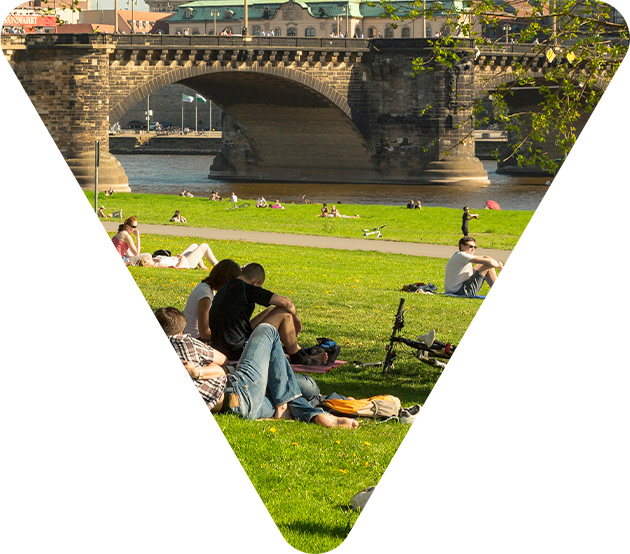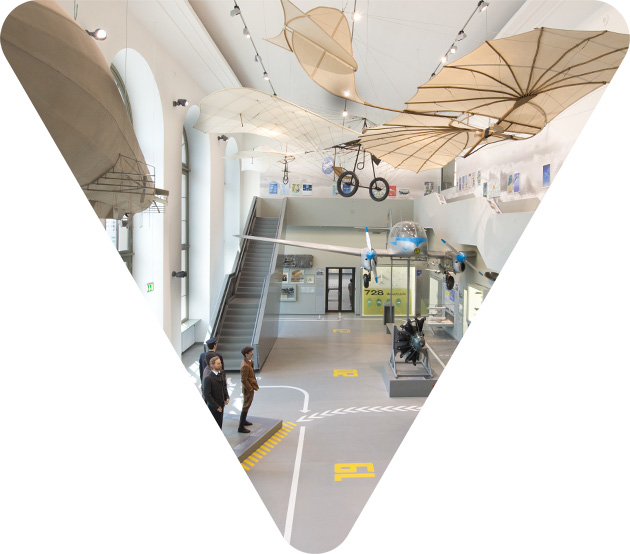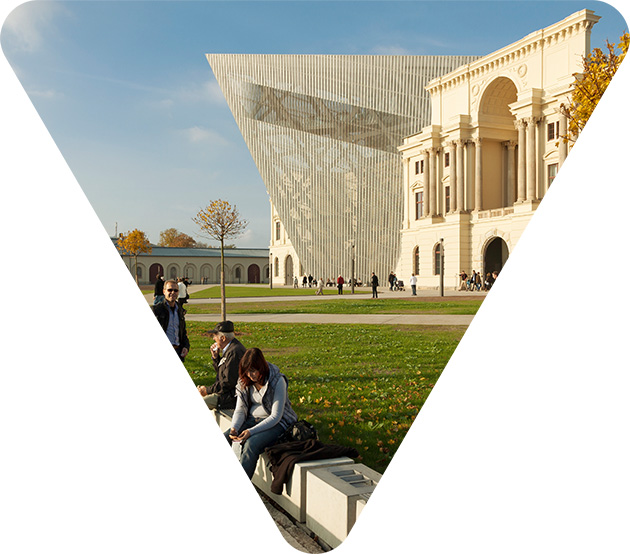But Saxony's second-largest city stands for far more than its rich cultural history. It is an extremely modern city. The Prager Strasse shopping street stretches from the glass cube of the UFA-Kristallpalast cinema to the ball-shaped Kugelhaus building opposite the impressive main train station. Constructed in 1969 as a prestigious example of Socialist architecture, the Kulturpalast was re-opened after renovation work in 2017 and is now one of the few well-preserved buildings in the modernist GDR style.
Today, Dresden also enjoys an excellent reputation in scientific circles. The city has the most research institutions than any other in Germany – more than 40 – making it a focal point for education and research. Roughly 4,000 people work in twelve Fraunhofer Institutes, five Leibnitz Institutes, three Max Planck Institutes, the Helmholtz Centre and the DFG Research Centre. There are also 14 classical universities, universities of cooperative education and other institutes of higher education attended by over 40,000 students. TU Dresden is the only one in eastern Germany to boast the title “University of Excellence”. Dresden’s 144 state schools maintain a supply of prospective students.
